Article #2 Aesthetic philosophy: challenges for the young artist
One points up to the Heavens, to ideas, one points down to the Earth: Plato and Aristotle (according to Raphael)
By Scott Breton
As a practising representational artist, I have reached a rather pragmatic conclusion about aesthetic philosophy... whatever it ends up being, it ought to provide practical guidance that helps an individual understand possibilities and navigate their way to an approach that suits their individual inclinations and personal stage of development. It should not be hindrance to creating artworks such that the individual feels limited and hemmed in. Rather it should feel exciting in the possibilities it raises, within a supportive framework.
What do I mean by this? Let’s suppose, as an example, that a young art student reaches the conclusion (as many have done previously, Plato included) that the correct purpose of art is to morally or conceptually educate the audience (perhaps as the result of certain logical gymnastics or the influence of a particularly charismatic lecturer). Then the student might feel obliged to figure out what content they should be educating the world about. A heavy burden indeed, and one perhaps not suited to inexperienced shoulders, and those of one who is simultaneously attempting to learn a craft. What if, instead, the aspiring artist looks to the examples of excellence in art, to works with the mysterious power that sometimes emerges? What if they look for the types of things successful artists (in their own estimation) are doing? What subject, materials and design choices are involved with the ones that make you most excited? Given these influences, what might an ideal artwork look like for you? With this as a starting point - the reference of excellent artwork from others, and the images that emerge out of these references - an authentic exploration has begun. Perhaps later there will be moral lessons that emerge - but they will not be imposed as a top down restriction on the exploration. Rather, they can emerge naturally as the artwork and the artist matures.
Bust of Aristotle. Marble, Roman copy after a Greek bronze original by Lysippos from 330 BC; the alabaster mantle is a modern addition (Wikimedia Commons)
To facilitate this process, we have the framework of four categories of approach. These four categories provide a framework in which to explore - a set of limitations that open up possibilities for creativity. How? Instead of trying to consider all possibilities at once, we have a concrete set of elements and approaches that the artist mixes together in a new way. The creativity becomes focussed within the scope of certain categories of elements. For instance, within the Classical Narrative approach to painting, among other things we know that there will be character(s), in certain poses, an implied storyline of some sort, and a setting. What we choose for each element within those categories is quite open. The game is to experiment with those elements plus the elements common to all painting - colour, tonal and linear design. Thus the game, like Chess, is simple in rules but highly complex, challenging and creative in execution. And, we hope, enjoyable!
So in summary, I think it is important for artists to notice if a philosophy or conceptual framework is limiting you from exploring topics that you are attracted to - because you have some sort of intellectually accepted ought clause. I suggest “following your nose” and seeking to respond to work that truly moves and inspires you - learn from it, emulate it. Inevitably your voice will come through - not as a primary goal, but as the result of following the influences that are authentically most inspiring.


